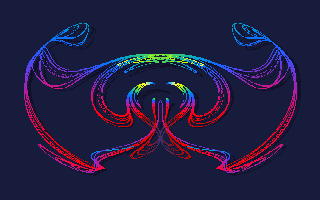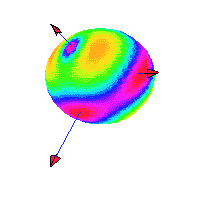|
|
|
Research

Fundamental Region:
We shall define a fundamental region for SL(3,Z) and explore an algorithm to map points in the upper half-space into the region. We accomplish this by showing the development of a fundamental region for SL(2,Z) , making use of the classical form with Möbius transformations. We will consider the reasoning behind looking at fundamental regions as well as examine an algorithm for mapping points of the upper half-plane into the region. Ending with an investigation of a fundamental region for SL(3,Z) . To see the entire paper, divided into chapters:
-- Classical Möbius Transformations
-- Highest-Point Algorithm for F2
-- A Fundamental Region for SL(3,Z)
- includes Maple programs for algorithms.
Digital Invariants:
Digital Invariants are a little known curiosity of the numbers. The gist of it all is if you select any number and take the sum of the squares of its digits, repeat the process, and you will retrieve a 1 to 58 every time. 58 is not unique, but part of a bigger loop system. This process also works for powers greater than 2. I have computed to the 17th power, as well as, produced a proof that shows that this process works for all power and that there is a limit to the magnitude of the numbers to be tested. To see the research, data, and proof:
-- DI Proof
An Exotic Complex Plane:
Welcome
math fans to another installment of Mathematics and you.
Today we will be exploring a complex plane with an alternative
multiplication defined on it.
We shall show that the plane is an algebra with this new multiplication
and standard addition.
We will also develop the Cauchy-Riemann equations and examine how common
functions act upon the plane.

Celestial Mechanics:
I've done limited work in the area of Celestial Mechanics. A program that a professor of mine developed allows for graphs of a body orbiting another body, the Earth, which orbits a central, fixed body, the sun. Feel free to play with the program -- Under construction
Return to Home Page: